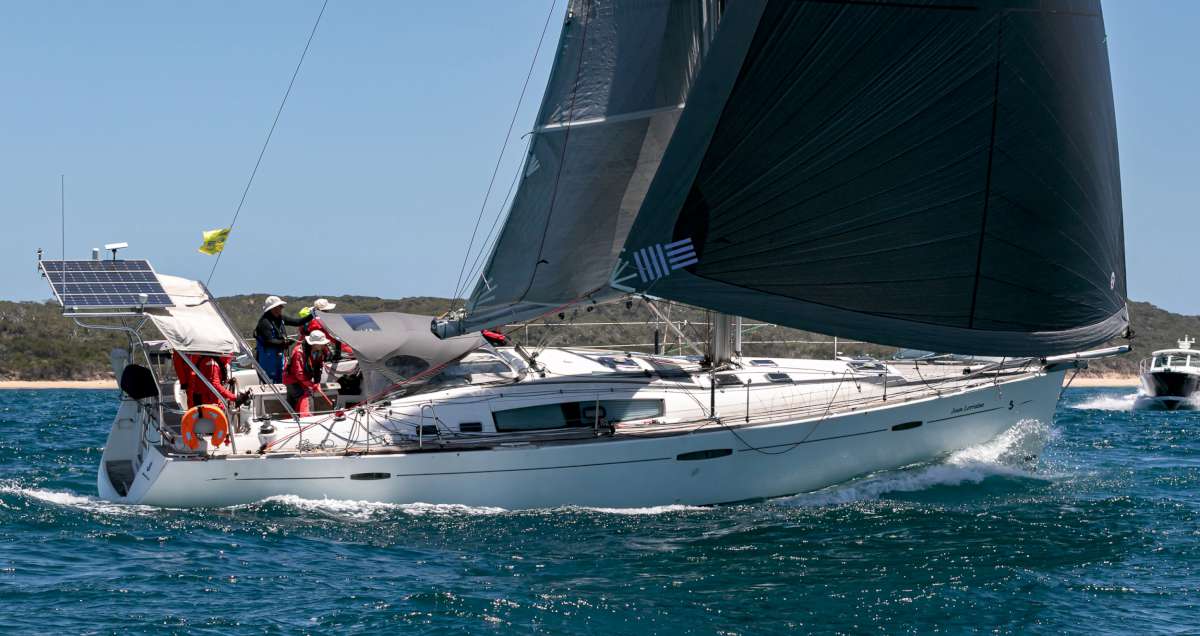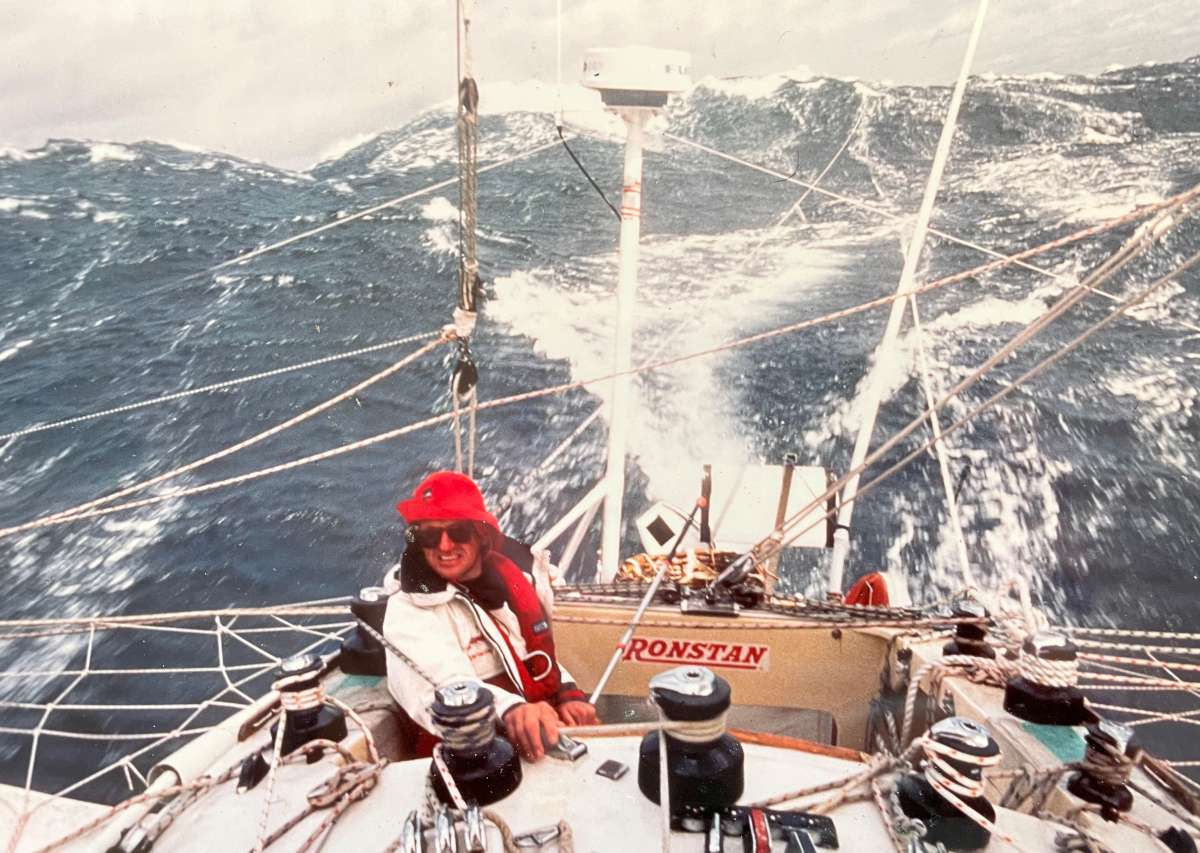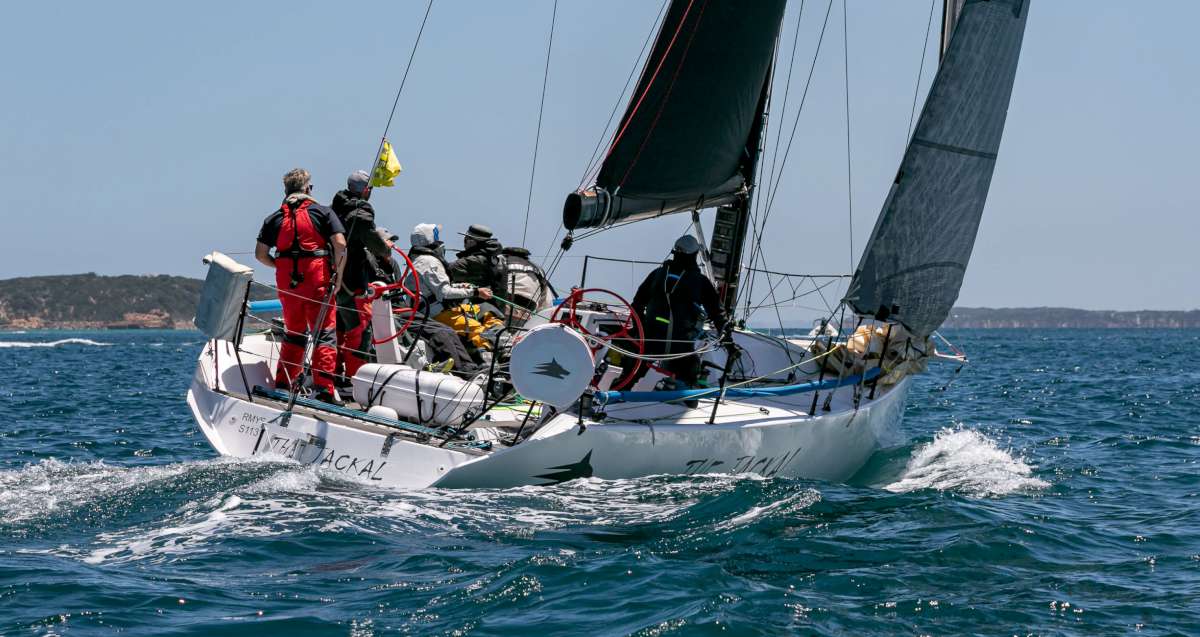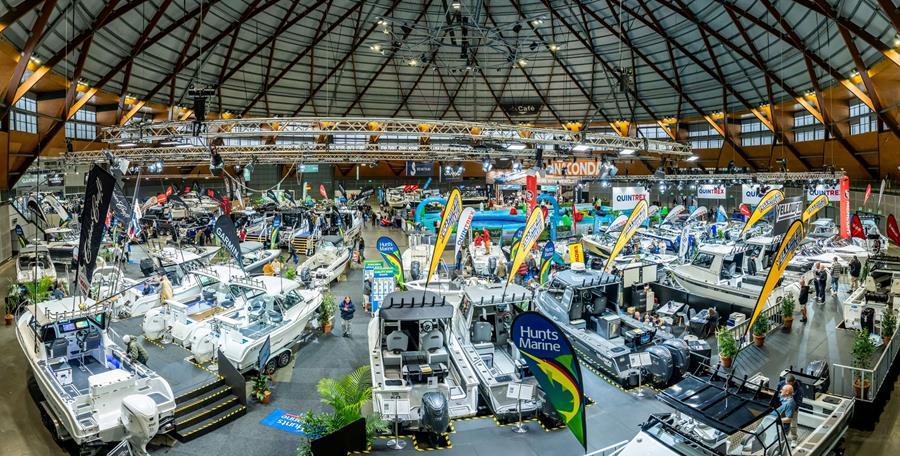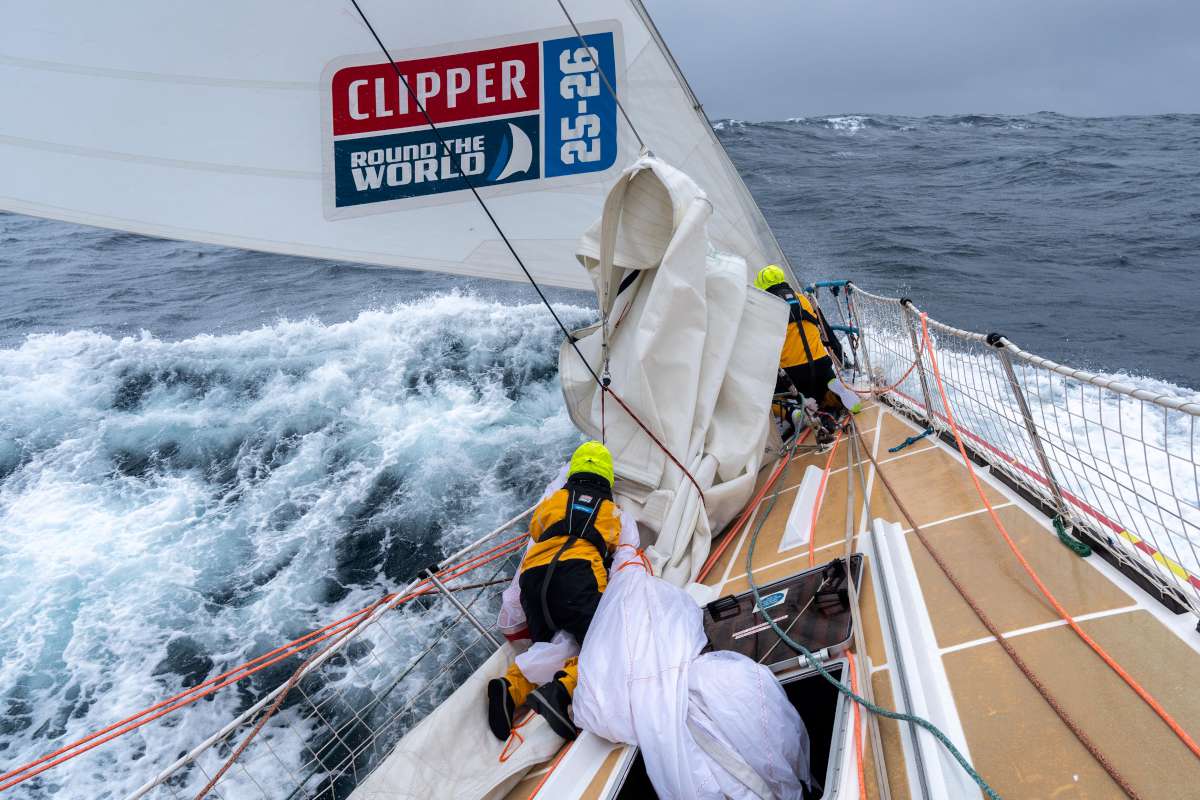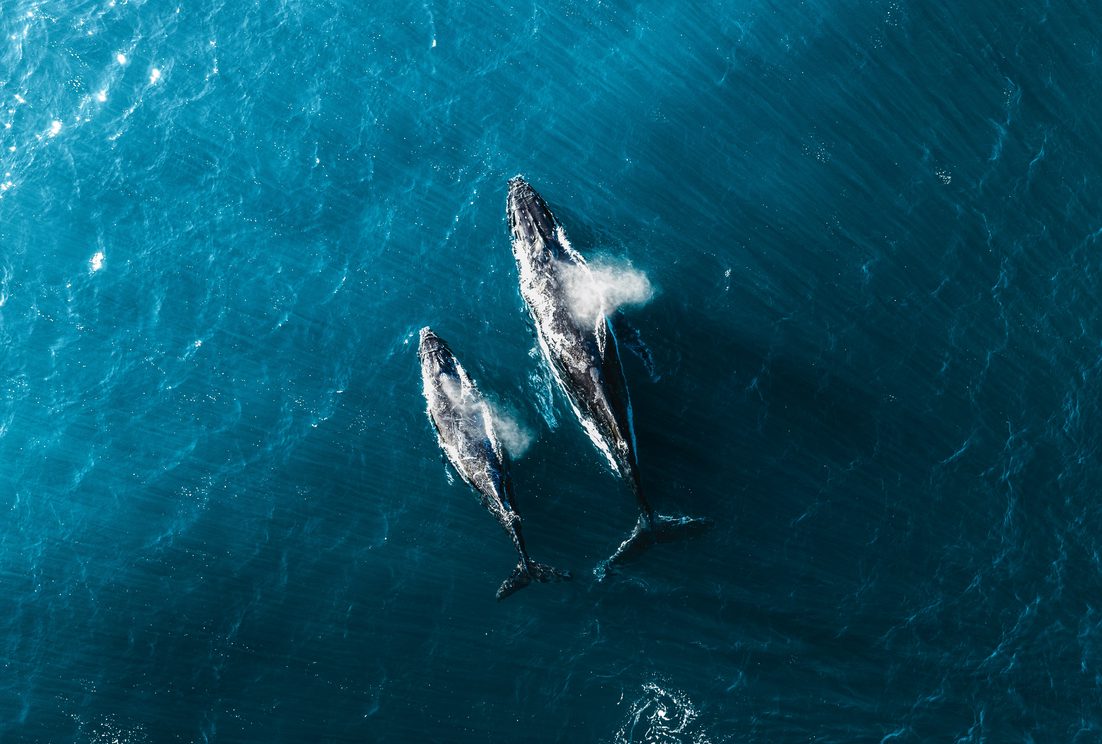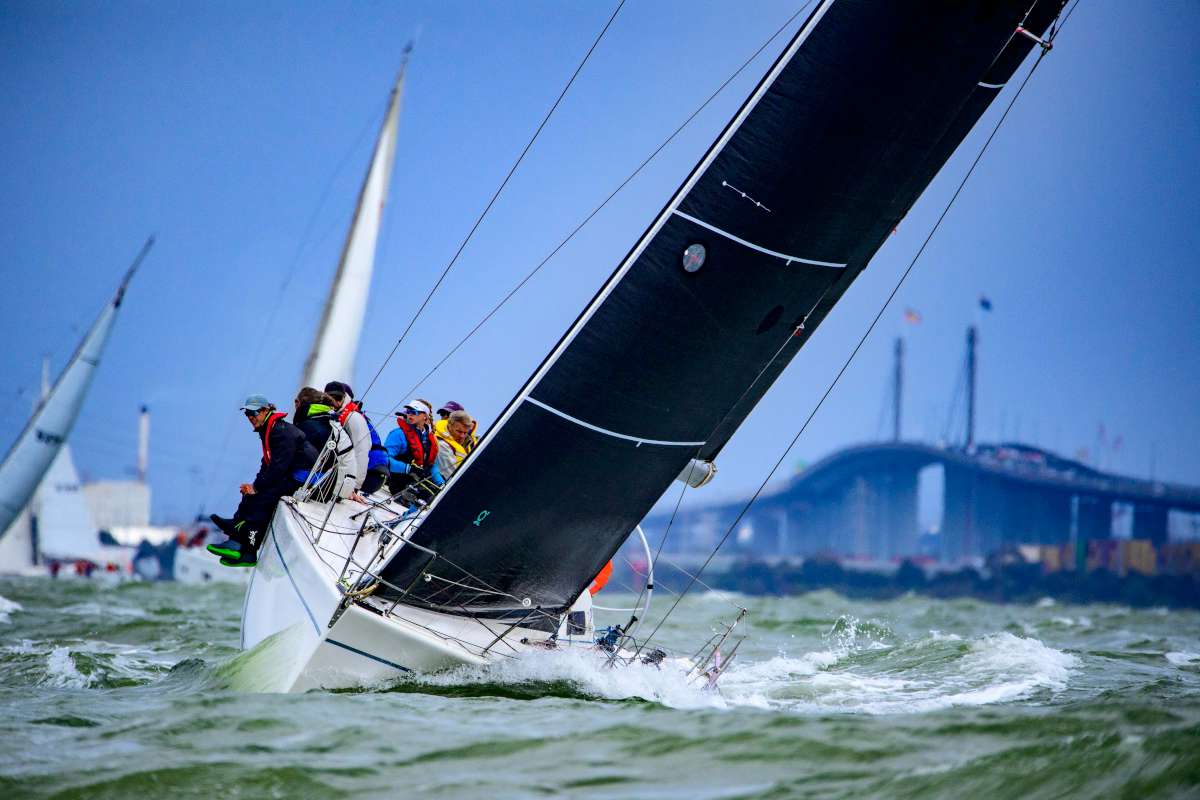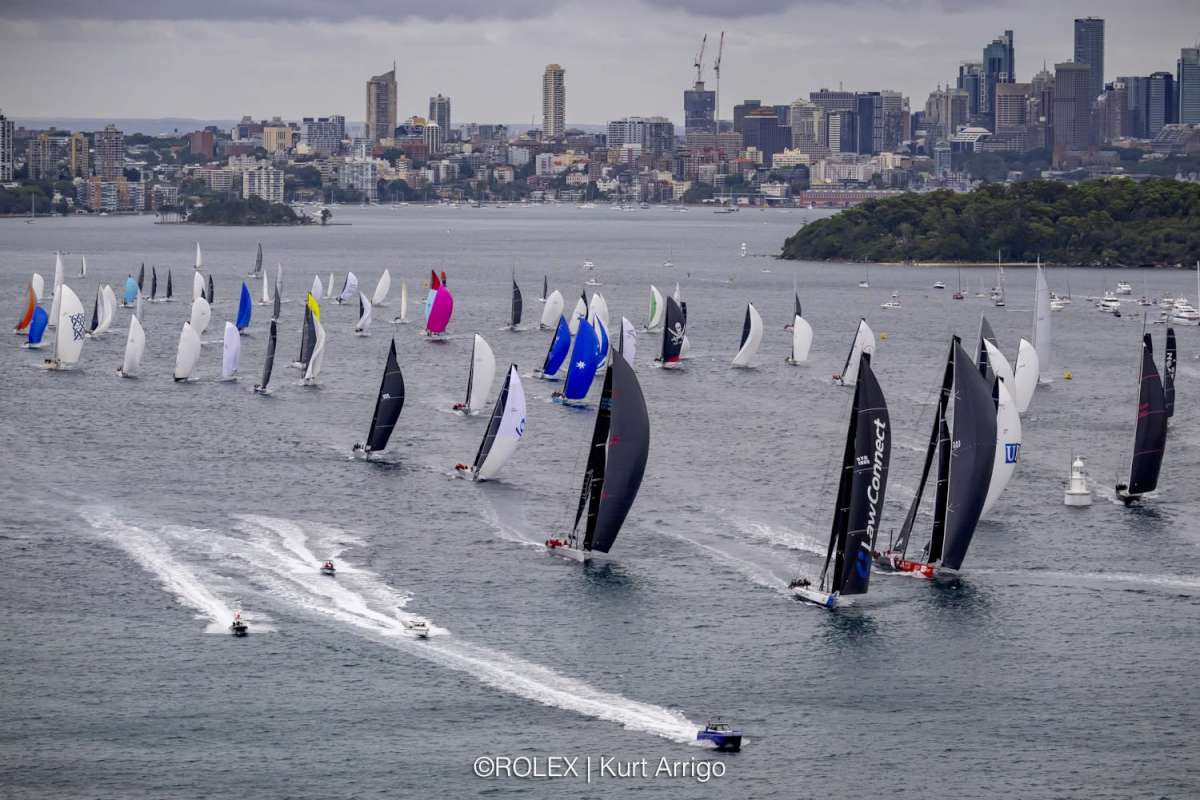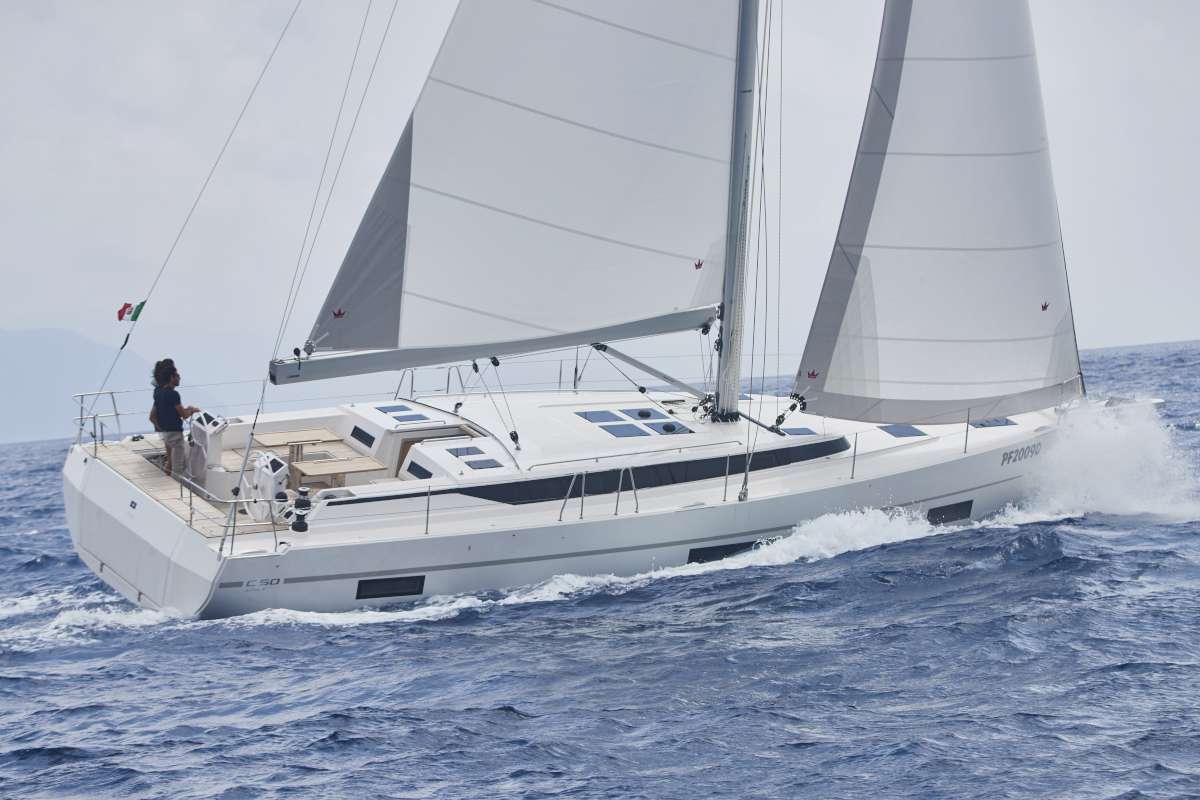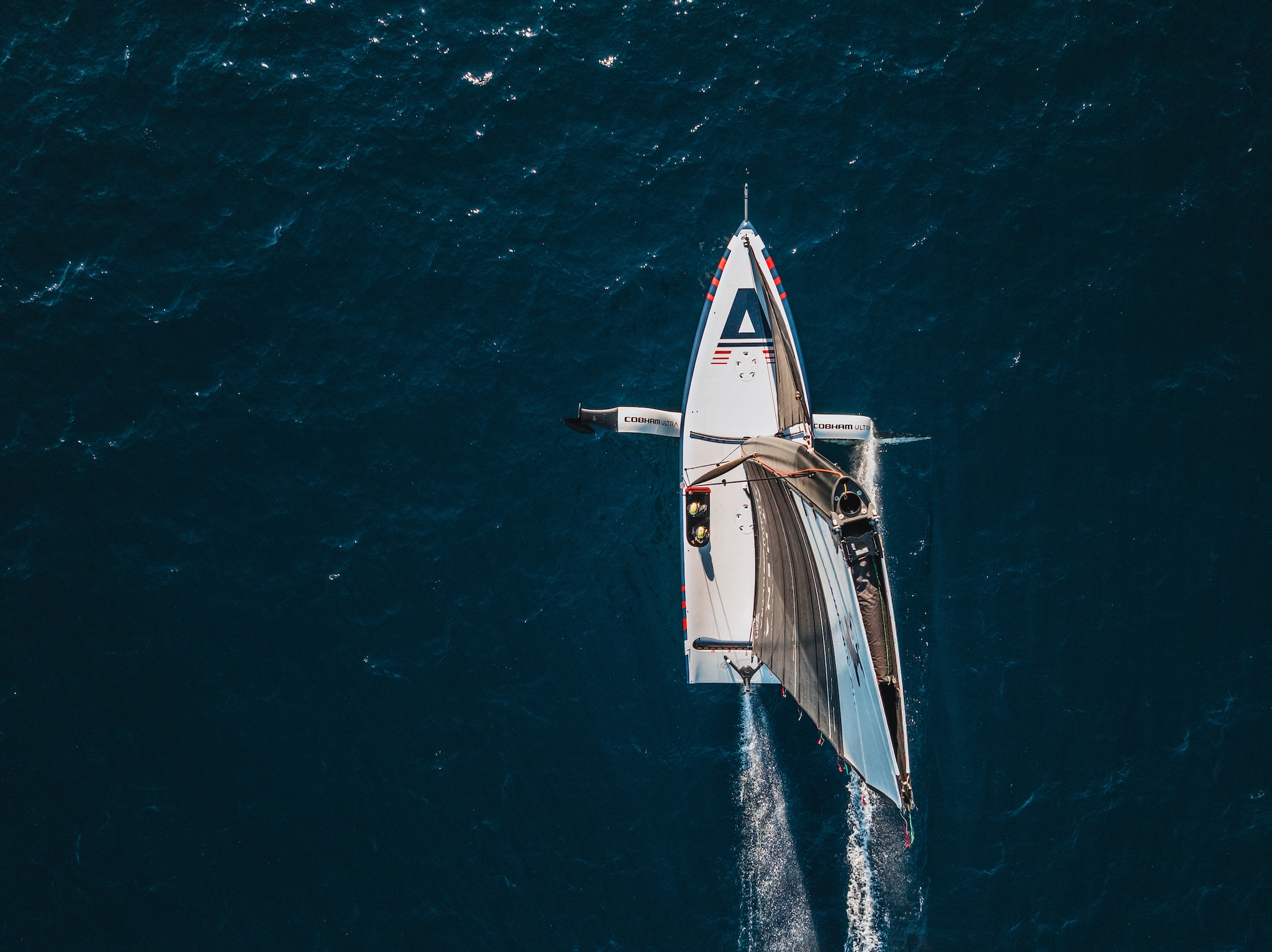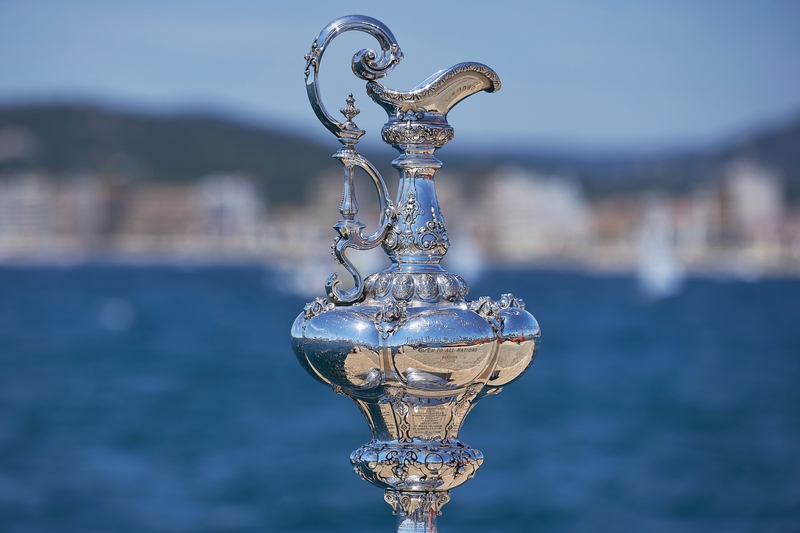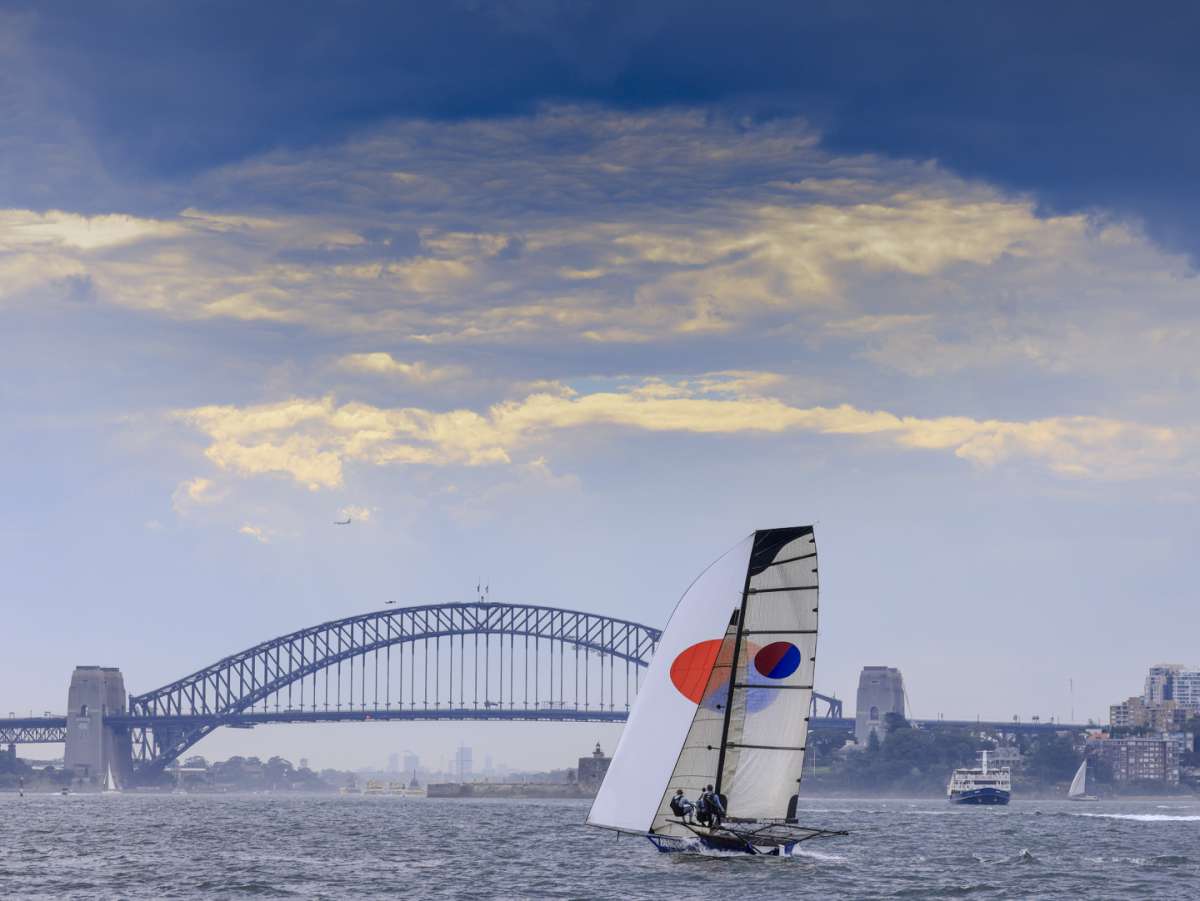In 1953, on the banks of the Tamar River, a freshly-built cutter sat in the pine shavings and sawdust waiting to be launched. She measured 12.8 metres and built of King Billy pine with celery top decks.
She had a beautiful clipper bow and an overhung transom. As the pride of her builder’s fleet she was fastened with copper roves from stem to stern and only the best timber with no knots and a very straight grain was used for her construction. She would soon feel the balance of her cradle tip for the first time since being built and would slide down the mud on her timber rollers and, with a characteristic smack of the water against her transom, dip stern first in the water.
Over the next thirty years Janet was sailed round Tasmania and through Bass Strait. She won pride of place in many local races, earned a reputation for speed in light winds and incredible upwind ability.
That streak continued up until the eighties when regrettable circumstances saw her ending up at the bottom of the Tamar and given up for lost. Thankfully she was purchased, raised from the bottom and placed on the banks of the George River Basin. She was fully repaired, the hull was raised by five new boards and she was renamed Avocet 2, but her racing days were over.
Over the next few decades she was owned by two people, each making their own mark on the history of Avocet 2 but gradually she slipped into a state of disrepair.
About five years ago she was moored in a rigid marina in the Derwent Sailing Squadron when a massive southwest wind blew through. She was moored with dodgy lines and broke free, her deck planks closest to the sides were pretty much destroyed, the boom broke free because it was not properly secured either and completely smashed the cabin top. At this point an unknown person hopped on and managed to get her out of the marina and onto a mooring where she weathered the storm.
She was passed into the care of two men named David and Leon who were to be her custodians for a short while. I remember being in a pretty difficult situation in my own life, being pretty fed up with the repetition and routine of life and looking for a project or something to tinker with.
At this opportune time I was introduced to David and the history of the boat.
By this time Avocet had already outlived all of her sister ships due to her copper fastenings and she preserved the same proud shape and towering mast as the day she was built, but everything that could require hard work did!
I poked a stick straight through the mast, the engine was seized and would never start again, she was sinking at a steady pace and the bilge pump for whatever reason had stopped working. Probably the only thing that made this insane task even slightly possible in my mind was that the purchase included access to David’s private slips just nearby to work on her; plus the generous use of his tools.
Of course I decided I was going to take it on. I spent the rest of the money I had saved officially buying Avocet, got a small loan from my trusting father for the materials I would need.
Over the next three months or so I completely replaced the rotten deck planks with solid kauri, replaced the old Farryman diesel with a brand new Beta diesel, repaired the cabintop, sanded, recaulked and resealed the deck.
I recaulked the hull with the help of most of the tall ship community of Hobart. It was an incredible experience; I had the master of the Rhona H helping with the recaulking and the deckhand of the line-handling boat helping install the engine. Plus Barry, the master of the schooner La Violante, agreed to sell me a large amount of his old rigging cheaply as he was taking her apart.
The whole bottom section of the mast had rot around the winches so I had to remove the mast and replace the rotten sections with high grade oregon pine. The hull recaulking was finished and the hull repainted and a new boom fitted.
I completely gutted and replaced the internals.
Since I had no other commitments, for most of the time I was there work progressed quite quickly and, in time, Avocet emerged once again from the sawdust and wood shavings, painted a brilliant gloss white with oiled decks, freshly cut sail covers, new engine, rigged with tall ship staysails and generally like a new boat.
Around this time I met Ricardo who also had experience on tall ships and was in a similar place in life. He was keen to join me and over the next week we accomplished twice what I would have in the same time.
In no time we were close hauling her upwind and short tacking up the Derwent with ease. I was surprised to find myself with my feet planted on the laid decks of a strong, fast ocean cruiser, ready to be tested in the open ocean.
The long arduous task of restoring her was near completion and, for the first time in over a decade, the proud lines of Janet swinging to her anchor were once again part of the landscape.
The next day my other crew Joel arrived and we made a point of sailing out of the marina in the middle of town under full sail with not even a grunt from the motor. The motor enjoyed its rest until two days later when we started her up to escape a beautiful anchorage on Bruny Island.
We sailed all the way up the Huon Valley and back over the next few days, Avocet proving her mettle and making her skipper very proud. When we returned to Hobart she only required a single days work before we set sail for Dunalley Canal and the freedom of the open sea.
Wednesday 0800 we lifted anchor from the bottom of a beautiful, white sandy bay and tried to sail out of Schouten Passage with the wind gusting down the side of the hill. The further we got to the open sea, however, the more the wind died down; so we set out under the storm jib and the iron topsail to sail parallel to the coast about three nautical mile off.
When we were sailing out the pattern of the waves seemed completely random, washing machine type conditions typical of current convergence zones. When all of a sudden we were confronted by a six metre roller that was standing up like it was ready to break. I pulled on the tiller with all my strength and swung her bow directly into it and its partner in a fearful daze. Tassie sailors must really be made of iron to go out in these every day.
It was at this time the wise words of a Tasmanian boat builder and sea captain Greg Guy, unfortunately now deceased, came back to me: “the mark of a good captain is knowing when not to go out at all”.
Screw it I thought, we went straight back in and dropped anchor again in the bay. It was a beautiful island just off the famous Freycinet Peninsula, very raw and natural.
We climbed right up to the peak of the mountain overlooking the passage and watched the waves patterns below. That whole day we were battling the wind just to walk around, which gave us an idea of the conditions at sea.
The next day we relashed and restowed everything and, at 0800, headed gingerly out of the passage under motor and storm jib. I was standing up in the cockpit the whole time scanning the horizon for cresting waves. But they were at least a metre less than the other day and the wind had more west in it, so we set the fully-reefed main and turned off the stink box.
The rest of the day was spent flying up the coast with an average speed of seven knots, seeing the occasional 10kn when surfing down a wave.
The whole way from Schouten Island we were accompanied by dolphins and seals. They spent the day jumping around the bow and even came close enough for one of them to let me give him a pat on the back while I was hanging from the bowsprit.
The next morning the wind was not quite so glorious, and it died right down just as we were approaching Flinders Island. It was at this time we started experiencing some of the confused random waves of Bass Strait; these would continue for the whole passage and would prove a challenge for all of us on board.
I had calculated that we needed to maintain 5kn across the strait in order to beat the next front that was coming through, so that is exactly what we did. For the first time in perhaps 20 years Avocet 2 had a real race on her hands and she did not intend to lose!
Two days later Gabo Island was abeam to port and we saw the depth readings slowly start to make sense again at 90 metres from 4000. As we passed Gabo, however, the wind turned into the north and the waves built up their strength
and made it very difficult to beat up into it.
The boats motion shortly became quite similar to a rocking chair, the planking had not been worked like this in a very long time and the strain of close hauling and falling off onto these short sharp waves was working loose the caulking. We were taking on water almost as fast as we could pump. We were also having doubts about the engine, which had developed the habit of turning itself off at very unwelcome intervals when we needed it the most.
This problem perplexed us all onboard and remained a mystery until, about to give up on it, I noticed a strange high-pitched whistle that was impossible to hear unless you really focused on it. In my attempts to fix the engine and find the problem I had slightly loosened the little valve on the bottom of the fuel filter and it was sucking air into it, if anything it should have been slowly leaking fuel.
Much to my relief the problem was a lot simpler than it seemed. The breather on the fuel tank had become blocked and the engine, trying to suck fuel, had created a vacuum in the tank causing the fuel not to reach the motor. Underway I bled the air out of the motor, turned the starter over and with a bit of a cough the engine came to life and quickly assumed the steady well-paced beat that we had come to expect of it.
With our old friend back in the game the boat’s motion steadied out and we began punching through the waves in a way that was much less stressful to the hull and rig. We were all very exhausted when we finally chugged into the town of Eden, a safe anchorage and a welcome respite, the neon lights of the shops glowing in the dusk.
I remember Joel and I walking up the main street, both very dehydrated and hungry, ordering a huge amount of pizza, bringing it back to the boat and then having the deepest sleep I can remember.
The next few days were a mixture of recovery and necessary maintenance, for ourselves and the boat. The leaks had slowed down considerably but they were still beyond what was considered safe and we had to find a slip.
One of the nice locals had told me about a cheap shipyard just around the corner so we set sail once again up the coast and an hour later were greeted at the mouth of the bar by the owner of the slips in his own boat.
The bar was a sobering experience for a keelboat that draws 1.6 metres. We would have had only 10 or 20 centimetres under the keel at times. It is a wonder we did not scrape, even at high tide.
Two weeks later Avocet sailed once again out over the bar into the open ocean, leaks fixed and looking a million bucks. With just Ricky and I aboard the sense of pride and belonging in our work was a great feeling.
Against all odds this beautiful sailing machine has survived and she remains to this day a glossy varnished testament to the workmanship of the legendary Tasmanian boatbuilders. ≈





